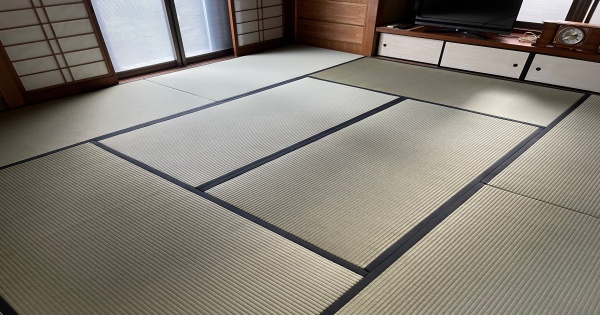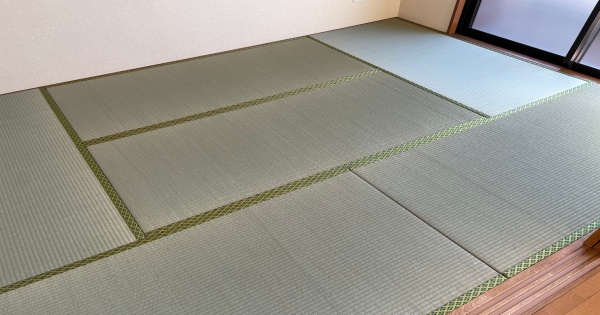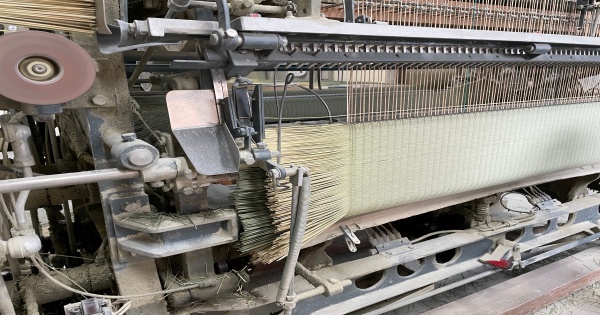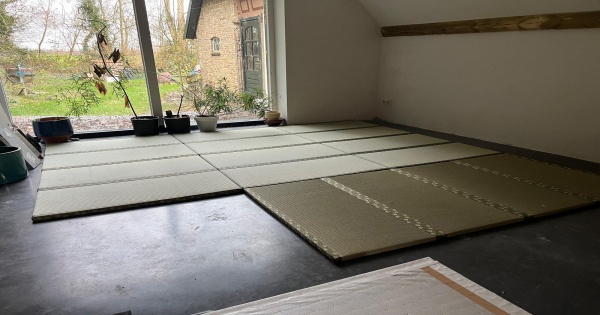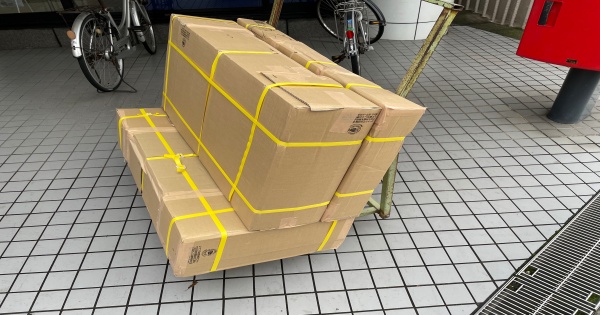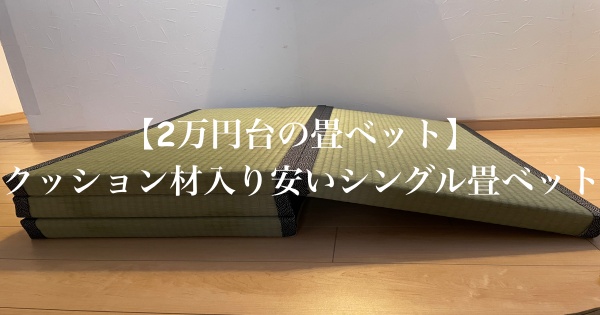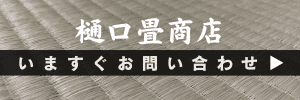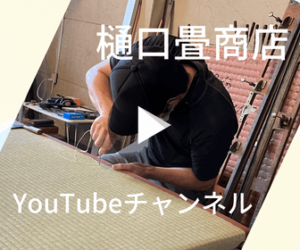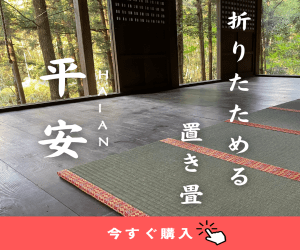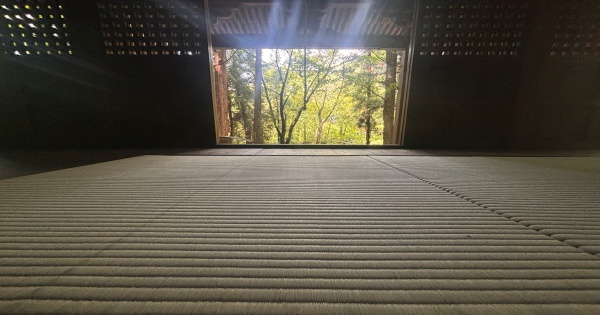
Tatami is a traditional Japanese flooring material that many people love for its natural texture and aroma. However, since tatami is made from natural materials, improper care can lead to issues such as deterioration and mold growth. For those unfamiliar with tatami care, especially international customers, understanding the right maintenance methods is essential. In this article, we'll explain how to care for tatami to keep it in good condition for years to come, with easy-to-follow tips.
Ventilation is Key: Humidity Control

Tatami is highly absorbent, meaning it can easily soak up moisture from the air. This is why humidity management is essential, especially during humid seasons. Poor ventilation can cause mold to grow on tatami. To maintain the health of your tatami, regular ventilation is crucial. Here's what you should keep in mind:
- On sunny days, open windows to let fresh air flow into the room. This will help reduce the moisture trapped in your tatami. The best time to do this is in the morning when the air is dry.
- On rainy or humid days, avoid opening the windows and instead use your air conditioner's dehumidifying function or a dehumidifier. Keeping moisture levels low will prevent mold and dust mites from breeding.
If you notice the tatami's scent becoming stronger, this could indicate increased humidity in the room. While the smell of rush grass (igusa) has a relaxing effect, excess moisture can lead to mold, so be cautious.
Cleaning Tatami: Vacuuming and Dry Wiping
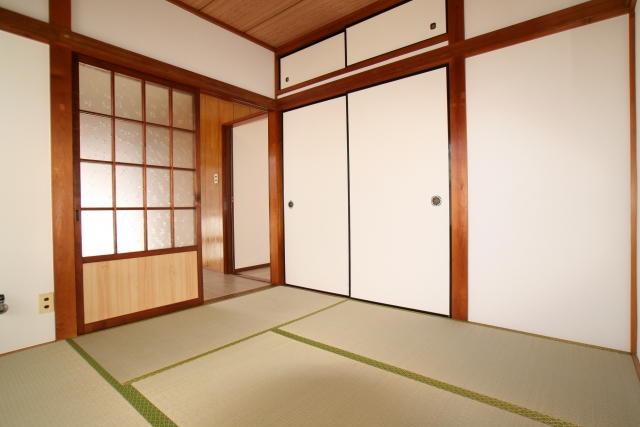
The simplest and most effective way to clean tatami is by using a vacuum and dry wiping. These methods will help remove dirt and dust from the surface, keeping your tatami clean and well-maintained.
How to Vacuum Tatami
- Always vacuum along the grain of the tatami, gently and carefully. Moving against the grain can damage the tatami's surface.
- Regular vacuuming will help prevent the buildup of dust and mites, keeping your tatami fresh.
Dry Wiping
- After vacuuming, use a dry cloth to wipe down the tatami. This will remove any remaining dust and help maintain a clean surface.
- Dry wiping doesn’t need to be done daily, but doing it once or twice a month is ideal.
Avoid Wet Wiping as Much as Possible
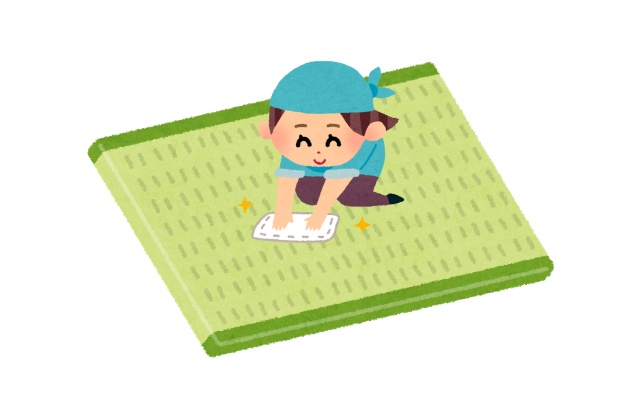
Because tatami is sensitive to moisture, it’s best to avoid wet wiping whenever possible. If wet wiping becomes necessary, take the following precautions:
- Use a tightly wrung cloth: A damp cloth can cause the tatami to absorb too much moisture, which leads to mold growth. Make sure the cloth is tightly wrung out before use.
- Ventilate after wet wiping: If you do wet wipe your tatami, ensure that you open the windows to allow the tatami to dry thoroughly. Leaving moisture behind could lead to mold.
Be Careful Not to Drag Heavy Objects

Tatami is relatively soft compared to other flooring materials, so dragging furniture or heavy objects across it can cause damage. To avoid scratches or dents, always lift heavy objects when moving them.
Also, leaving furniture in the same spot for a long time can cause the tatami to sag. Try to rearrange your furniture occasionally to distribute the weight more evenly and reduce wear and tear on the tatami.
Avoid Leaving Bedding or Mattresses on Tatami
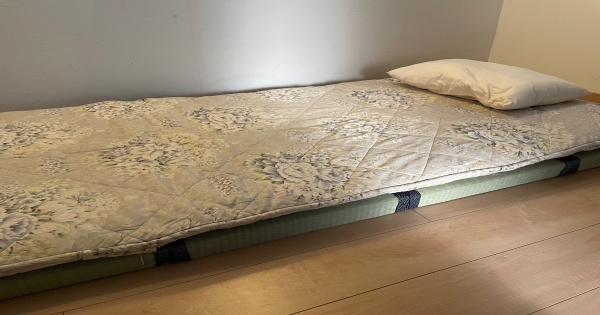
If you leave bedding or mattresses laid out on the tatami for too long, moisture can become trapped underneath, leading to mold and mites. The area beneath bedding or mattresses tends to trap humidity, so follow these tips to prevent problems:
- Store bedding daily: After using your futon or mattress, remove it from the tatami and allow air to circulate. This helps prevent moisture buildup.
- Use a dehumidifying sheet: If you're concerned about moisture, placing a dehumidifying sheet under your bedding or mattress can help absorb excess moisture.
Mold and Mite Prevention

Since tatami is made from natural materials, there's always a risk of mold and mites in humid environments. In addition to ventilation and regular cleaning, here are a few more ways to prevent these issues:
- Air out your tatami regularly. During humid seasons, take your tatami out to a well-ventilated space on sunny days and let it air out to reduce moisture.
- Use anti-mold or anti-mite sheets: Placing these sheets under the tatami will add an extra layer of protection against mold and mites.
Summary of Key Points for Tatami Care
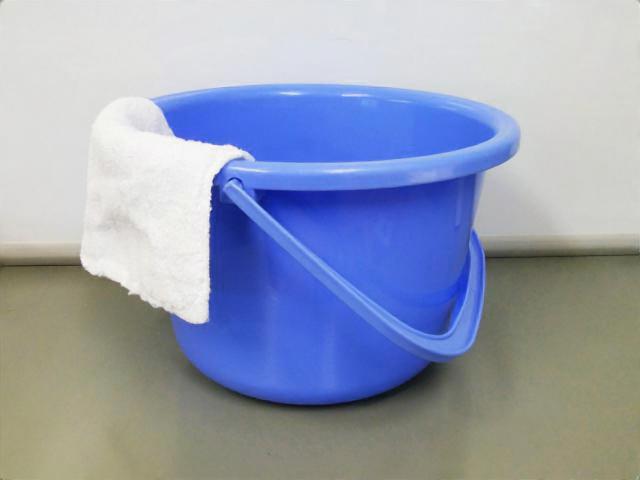
To keep your tatami in top condition, follow these essential maintenance tips. Proper care will allow you to enjoy the beauty and functionality of tatami for many years:
- Ventilation: Open windows on sunny days and use dehumidifiers on rainy days to reduce moisture.
- Cleaning: Vacuum along the grain and follow with a dry wipe for best results.
- Avoid wet wiping: If necessary, use a tightly wrung cloth and ventilate the room afterward.
- Lift heavy objects: Avoid dragging furniture or heavy items to prevent damage.
- Do not leave bedding out: Store bedding after use and use a dehumidifying sheet if needed.
- Anti-mold measures: Air out your tatami regularly and use anti-mold or anti-mite sheets for added protection.
Conclusion
Tatami is a natural, eco-friendly flooring material that brings warmth and tradition to any space. However, proper care and humidity control are essential for maintaining its beauty and longevity. With regular cleaning and attention to the environment, you can preserve the charm and comfort of your tatami for years to come. Embrace the unique qualities of tatami and enjoy a peaceful, healthy living space!
